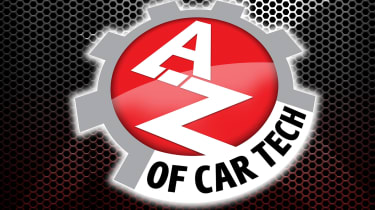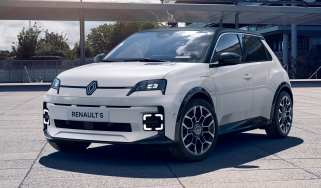Car Tech A to Z: H is for headlights, head up display and more
The letter H in our A to Z of car tech series explains headlights, head up displays and hill descent control
The technology contained within the modern motor car can be both fascinating and slightly baffling. Most such technology exists to make our cars safer, more efficient and just better than ever to drive but some of it can be quite confusing for the average motorist. In this A to Z series we will attempt to unravel the mystery of technology that is the modern motor car. This week, we’re visiting the letter H…
H is for…Hill Descent Control. First introduced on the original Freelander in 1997, Hill Descent Control is a cheaper but still highly effective replacement for what’s known as a low range gearbox. By using the anti-lock braking system, Hill Descent Control means a driver doesn’t need to touch the brake or accelerator pedal when travelling down a steep hill, instead they set the system to the required speed and the vehicle does the rest.
H is for…Head Up Display. Most Head Up Display systems use LED or LCD technology to provide vehicle and navigation information in a driver’s line of sight, but there are others that use laser technology. According to some manufacturers, this provides a brighter, clearer HUD than most alternative systems. Judge for yourself on that one..
H is for…Headlights. High Intensity Discharge xenon light bulbs are twice as bright as traditional halogen bulbs, and also last longer too. Some manufacturers have adopted bi-functional high intensity xenon lights, which means both high and low beams can come from just a single unit.
Adaptive Front Lighting also angles the light beam as the vehicle is moving, and specifically when cornering to effectively bend the lights around corners. Sensors also enable the system to automatically switch from high to low beam if an oncoming vehicle is detected, and the back to high beam again once the road is clear.
H is for…hot weather testing. All car companies test their cars exhaustively in hot weather to improve the durability and calibration of their components, and to make sure they still function correctly under extreme temperatures. To find the right conditions, manufactures will go the ends of the earth - literally - to test in places like Arizona and Dubai.
Next, the letter I…



